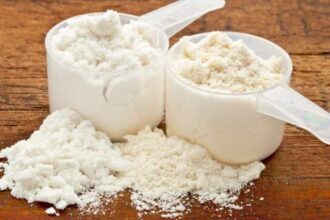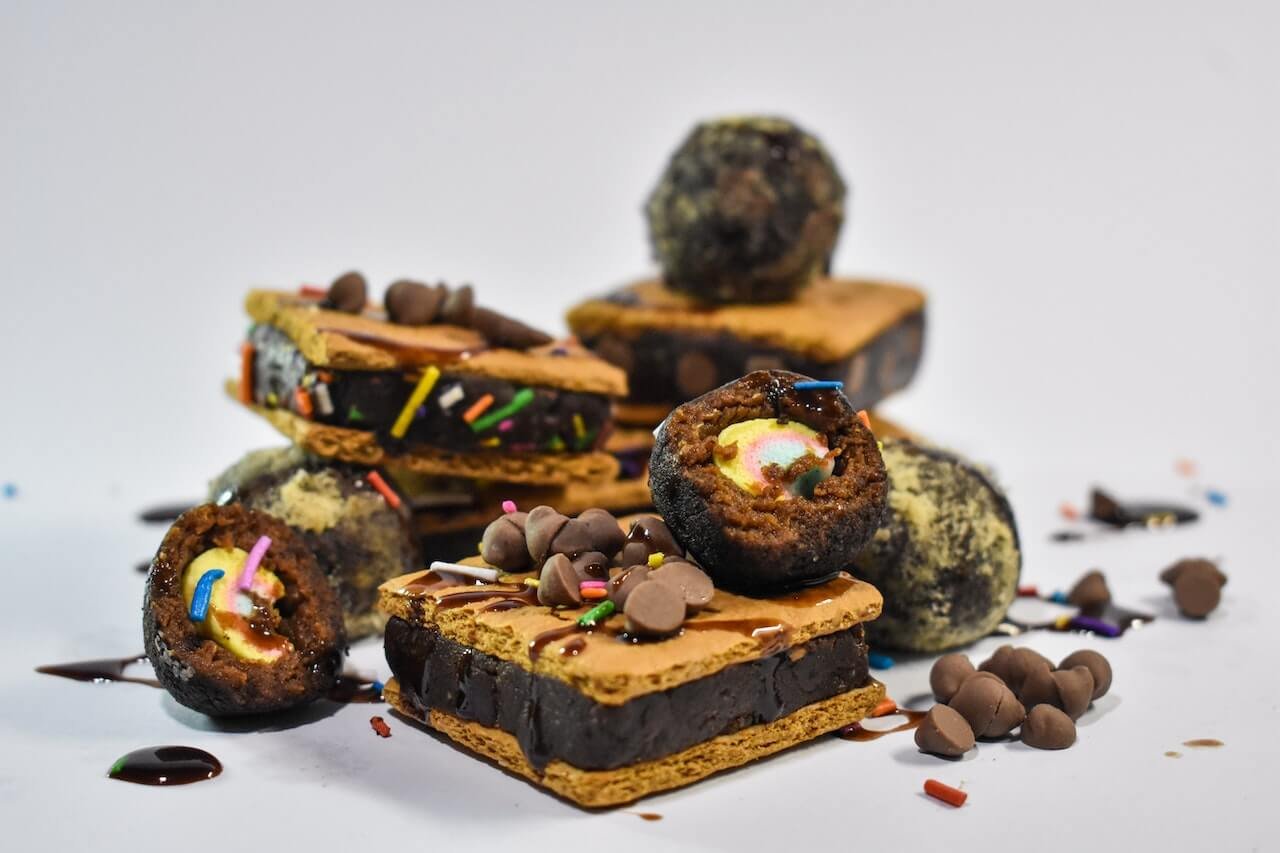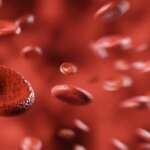Indulging in chocolate is a favorite pastime for many individuals all around the world. It can be sweet and milky or bitter and strong, depending on the kind. One common concern among chocoholics, though, is whether or not the candy actually contains any caffeine.
Yes, chocolate does contain caffeine; that’s the quick answer. Caffeine content in chocolate varies greatly, however, depending on things like the type of chocolate consumed and the amount consumed at once.
A closer look at the caffeine content in chocolate is provided below, including the types of chocolate that contain the most caffeine and the average amount of caffeine found in a serving.
Related: 14 Best Sugar Free Starbucks Drinks
Types of Chocolate and Their Caffeine Content
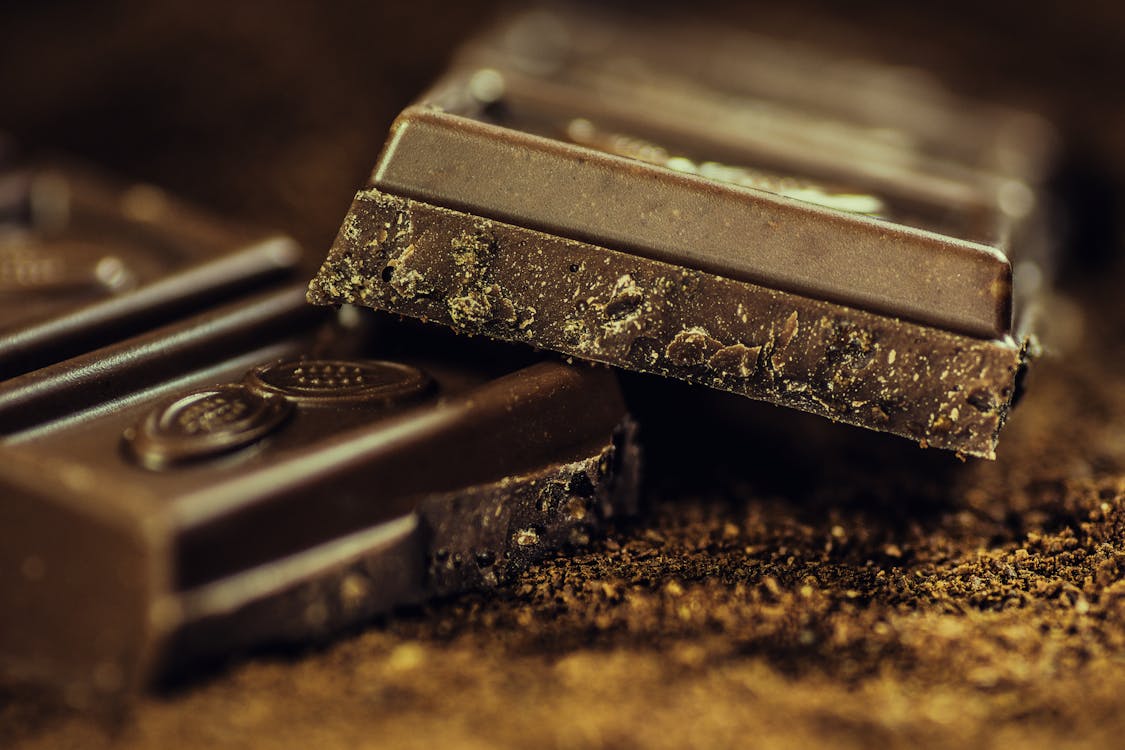
Chocolate is loved globally for its rich taste and luscious texture. It’s created from roasted Theobroma cacao seeds and has diverse flavors, textures, and caffeine levels. Cocoa beans, like many plants, contain caffeine. It boosts energy, mood, and cognition. The recipe’s cocoa solids determine chocolate’s caffeine concentration.
Here are the different types of chocolate and their caffeine content:
1. Milk Chocolate
Most people prefer milk chocolate, which is created by mixing chocolate liquor with milk powder or condensed milk. Even though it tastes and feels like chocolate, this variety has the lowest caffeine concentration since it has the greatest sugar and the least amount of cocoa solids. In general, you may expect to find about 9mg of caffeine in a 1.55 oz (44g) milk chocolate bar.
2. Dark Chocolate
The addition of sugar and cocoa butter to chocolate liquid produces dark chocolate, which has a higher cocoa solids content than milk chocolate. The greater cocoa solids content contributes to its bitter flavour and deep chocolate undertones. In comparison to milk chocolate, each 1.55 oz (44g) bar of dark chocolate has an average of 23mg of caffeine.
3. White Chocolate
Caffeine is not present in white chocolate since it does not contain any cocoa solids in addition to cocoa butter, sugar, and milk solids. It’s rich and delicious, but some chocolate purists won’t eat it since it doesn’t contain enough cocoa solids to be called chocolate.
4. Semi-Sweet Chocolate
Similar to dark chocolate, but with a more refined sugar content that allows the chocolate flavour to shine through, semi-sweet chocolate is a popular sweetener. It’s a happy medium between milk chocolate and dark chocolate, with a higher percentage of cocoa solids for those who prefer more flavour and a lower percentage for those who prefer less. On average, each 1.55 oz (44 g) bar has about 17mg of caffeine.
5. Bittersweet Chocolate
When compared to conventional dark chocolate, bittersweet chocolate has a higher percentage of cocoa solids and less sugar. Chocolate aficionados love it because of its bitter taste and rich, nuanced flavour. Every 1.55 ounce (44 gramme) bar has about 25mg of caffeine.
6. Unsweetened Chocolate
Unsweetened chocolate, or baking chocolate, consists of pure cocoa solids with no added sugar. Because to its harsh flavour, it is typically only used in the kitchen. Caffeine concentration is the greatest among chocolate varieties, averaging 23mg per tablespoon (9g).
How Much Caffeine Is in a Typical Serving of Chocolate?
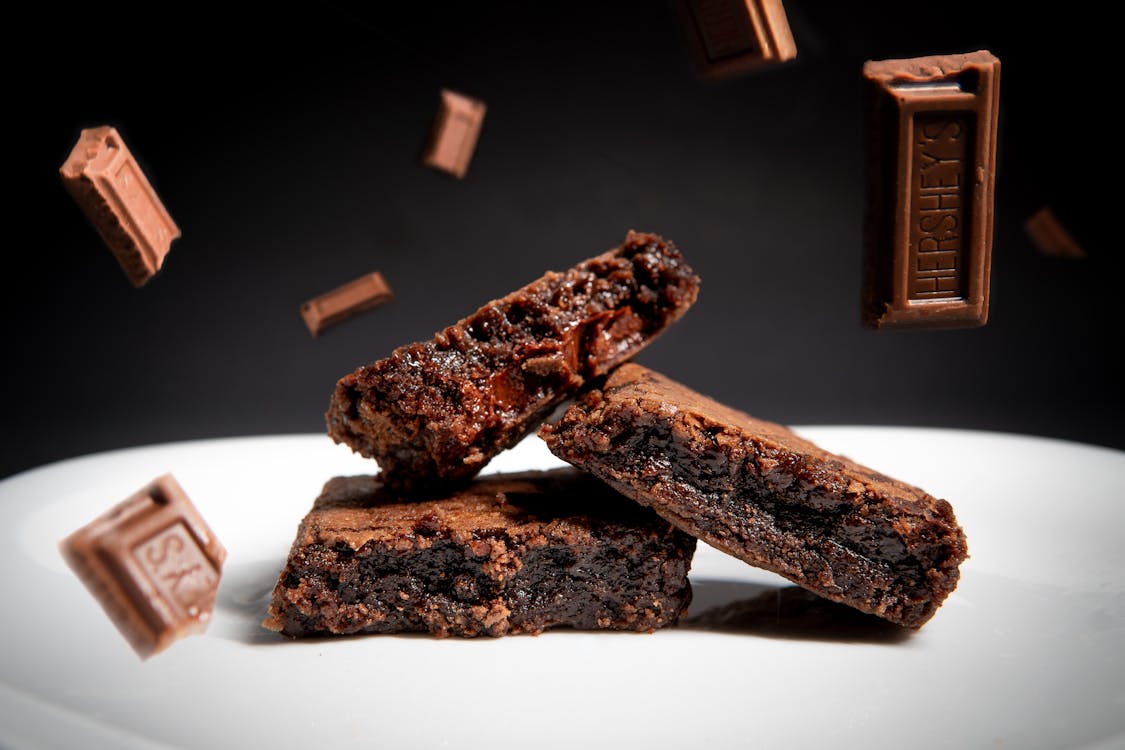
Depending on the type of chocolate and the quantity of the serving, the amount of caffeine in chocolate can range from none to a significant amount. Although there is some caffeine in chocolate, it is often far less than in coffee or tea.
The caffeine content of a standard cup of coffee ranges from 95 mg to 200 mg, while an average energy drink can have as much as 300 mg. The caffeine content of milk chocolate is only 1–7 milligrams per 30-gram portion, while that of dark chocolate is 12–30 milligrams.
It’s important to remember, though, that some people are more sensitive to caffeine than others. The rate at which caffeine is eliminated from the body can be affected by a number of factors, including but not limited to age, body mass index, and general health. When consumed in large quantities or too close to bedtime, chocolate can cause insomnia and other negative effects.
Effects of Caffeine in Chocolate
How Caffeine Affects the Body
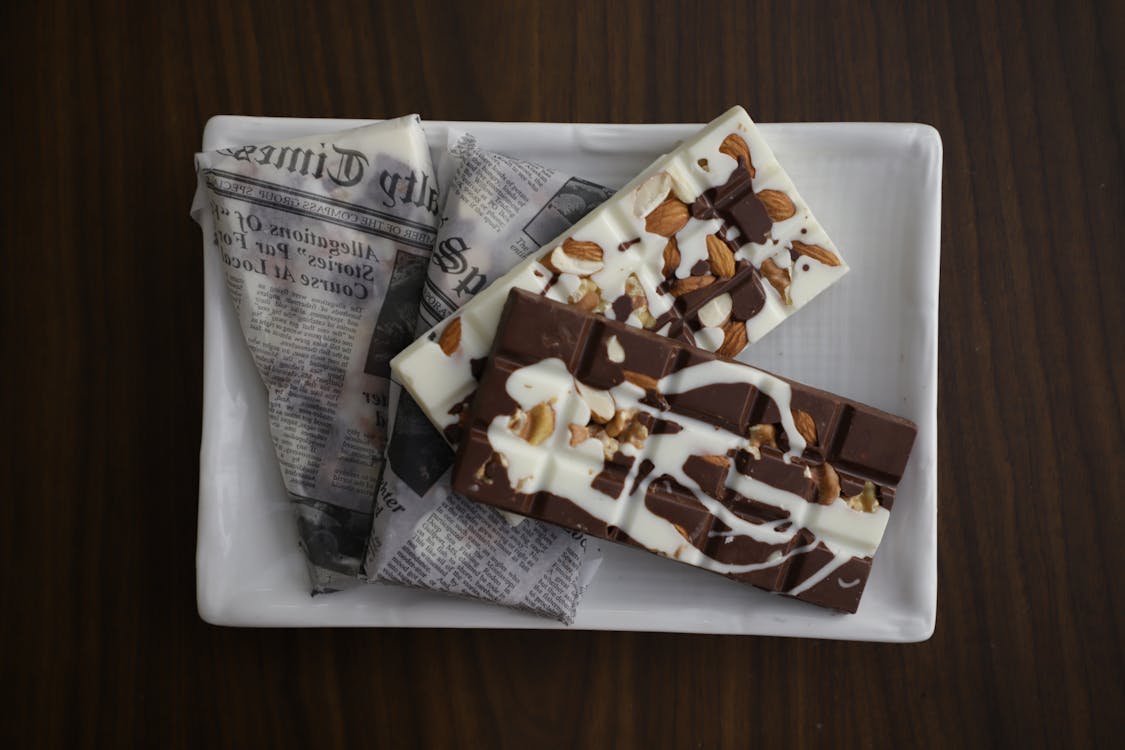
Caffeine’s energising effects are achieved by inhibiting the release of the sleep-inducing and wake-suppressing neurotransmitter adenosine. Caffeine stimulates mental activity and keeps you awake by inhibiting the production of the sleep-inducing chemical adenosine.
Caffeine has been shown to stimulate the release of dopamine and norepinephrine, two key neurotransmitters that have been linked to positive effects on mood, alertness, and cognitive performance.
Nevertheless, anxiety, jitteriness, and disturbed sleep are only some of the negative consequences of drinking too much coffee. Caffeine is also a diuretic, meaning it can increase your risk of becoming dehydrated.
Amount of Caffeine Needed to Produce Effects
A person’s weight, age, and caffeine tolerance are just a few of the variables that can affect the dosage necessary to feel its benefits.
An average amount of caffeine thought to have an effect on the body is 30-300 milligrammes. A 30-gram serving of milk chocolate has between 1 and 7 milligrammes of caffeine, while the same amount of dark chocolate has between 12 and 30 milligrammes of caffeine.
In spite of chocolate’s low caffeine level, some people may nevertheless feel its effects if they consume excessive amounts or are especially sensitive to caffeine.
Comparison of Caffeine Effects in Chocolate to Other Sources
Caffeine in chocolate often has less of an impact than caffeine in coffee or energy beverages. On the other hand, those who are particularly sensitive to caffeine may still feel the effects.
The caffeine content of a standard cup of coffee ranges from 95 mg to 200 mg, while an average energy drink can have as much as 300 mg. The caffeine content of milk chocolate is only 1–7 milligrams per 30-gram portion, while that of dark chocolate is 12–30 milligrams.
Not only caffeine, but also other substances in chocolate like theobromine and phenylethylamine can have physiological effects. In instance, chocolate contains a large amount of theobromine, a stimulant that might have effects similar to those of caffeine.
Theobromine in Chocolate
Explanation of Theobromine and Its Effects
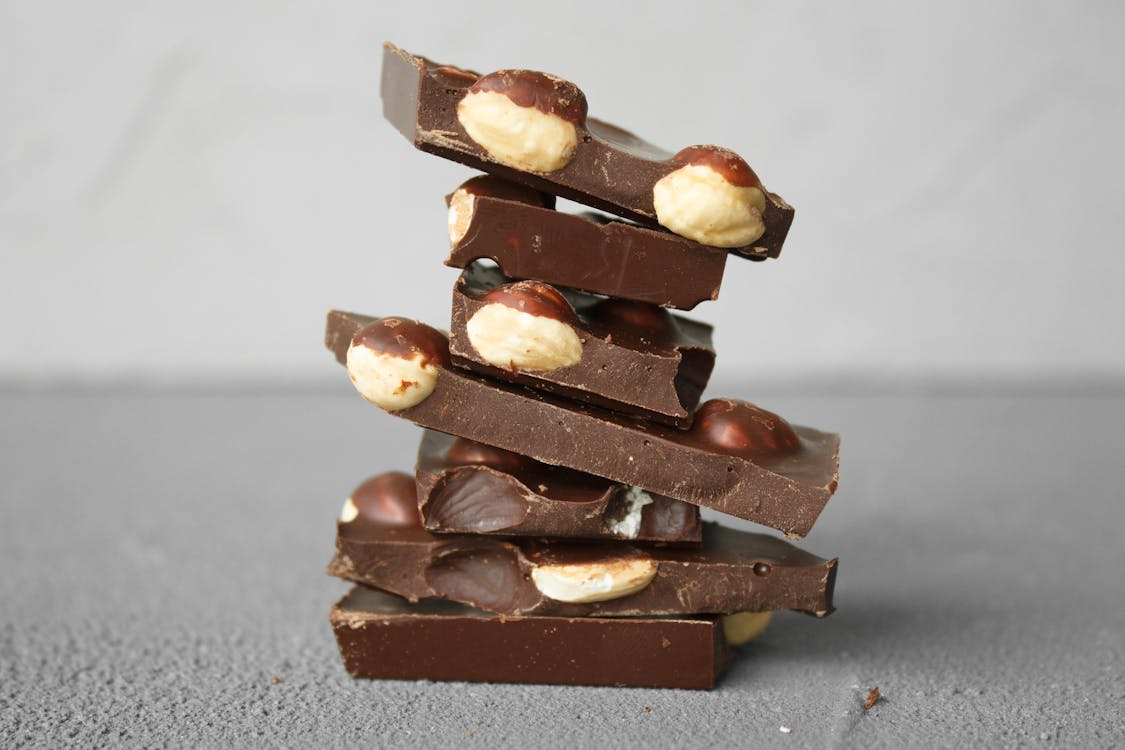
Chocolate contains the bitter chemical theobromine. The methylxanthine family comprises caffeine and theophylline. Theobromine, like caffeine, stimulates the nervous system but less. The liver metabolizes theobromine, which lasts 3-7 hours longer than caffeine.
Theobromine has several effects on the body, including:
- Vasodilation: Blood pressure may decrease and blood flow may be enhanced due to theobromine’s dilation effects on the blood vessels.
- Diuresis: Theobromine’s ability to stimulate urination can be useful in the fight against fluid retention.
- Bronchodilation: Theobromine has been shown to reduce the tension in the smooth muscles of the airways.
- Cardiac stimulation: Improved cardiac output may result from theobromine’s ability to raise heart rate and contractile force.
Theobromine has dose-dependent effects, thus taking more of it may have a greater impact. Nausea, vomiting, restlessness, tremors, and arrhythmia are some of the negative effects of theobromine use.
Comparison of Theobromine in Chocolate to Caffeine
Depending on the variety and grade of chocolate, the amount of theobromine it contains might vary widely. As a rule, theobromine concentrations in dark chocolate are higher than those in milk chocolate and white chocolate has almost none.
There are some similarities between the effects of theobromine and those of caffeine because of their shared chemical structure. When opposed to caffeine, theobromine’s stimulant effects are more subtle, making it less probable that it may lead to jitteriness, anxiety, or insomnia. Theobromine’s half-life is significantly longer than that of caffeine, suggesting that it remains in the body for a longer period of time.
Theobromine, like caffeine, is an antioxidant that has been shown to boost mental and physical performance. Caffeine and theobromine both have stimulating effects, but too much of either can have unfavorable consequences like sleeplessness, nervousness, and palpitations.
